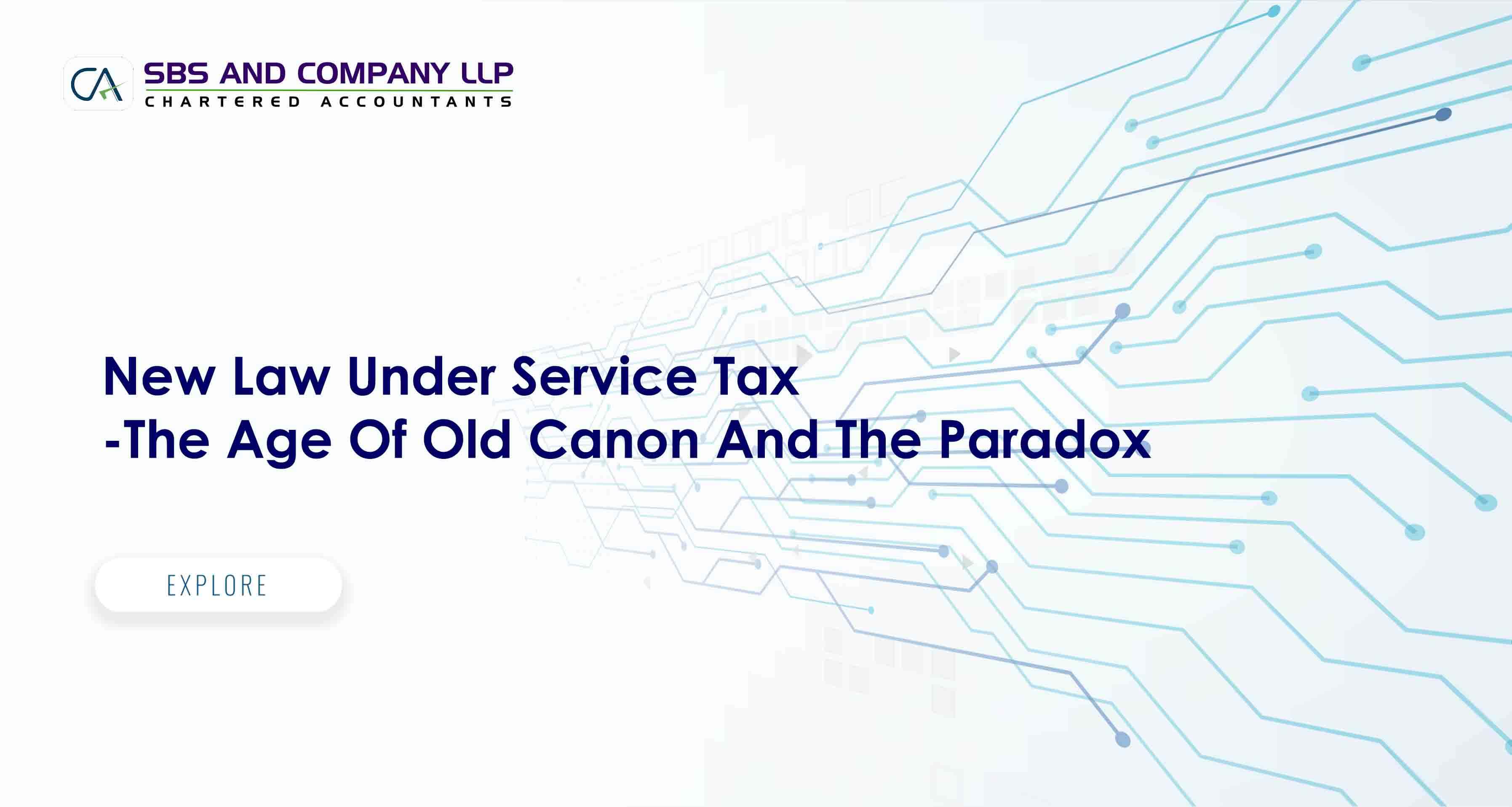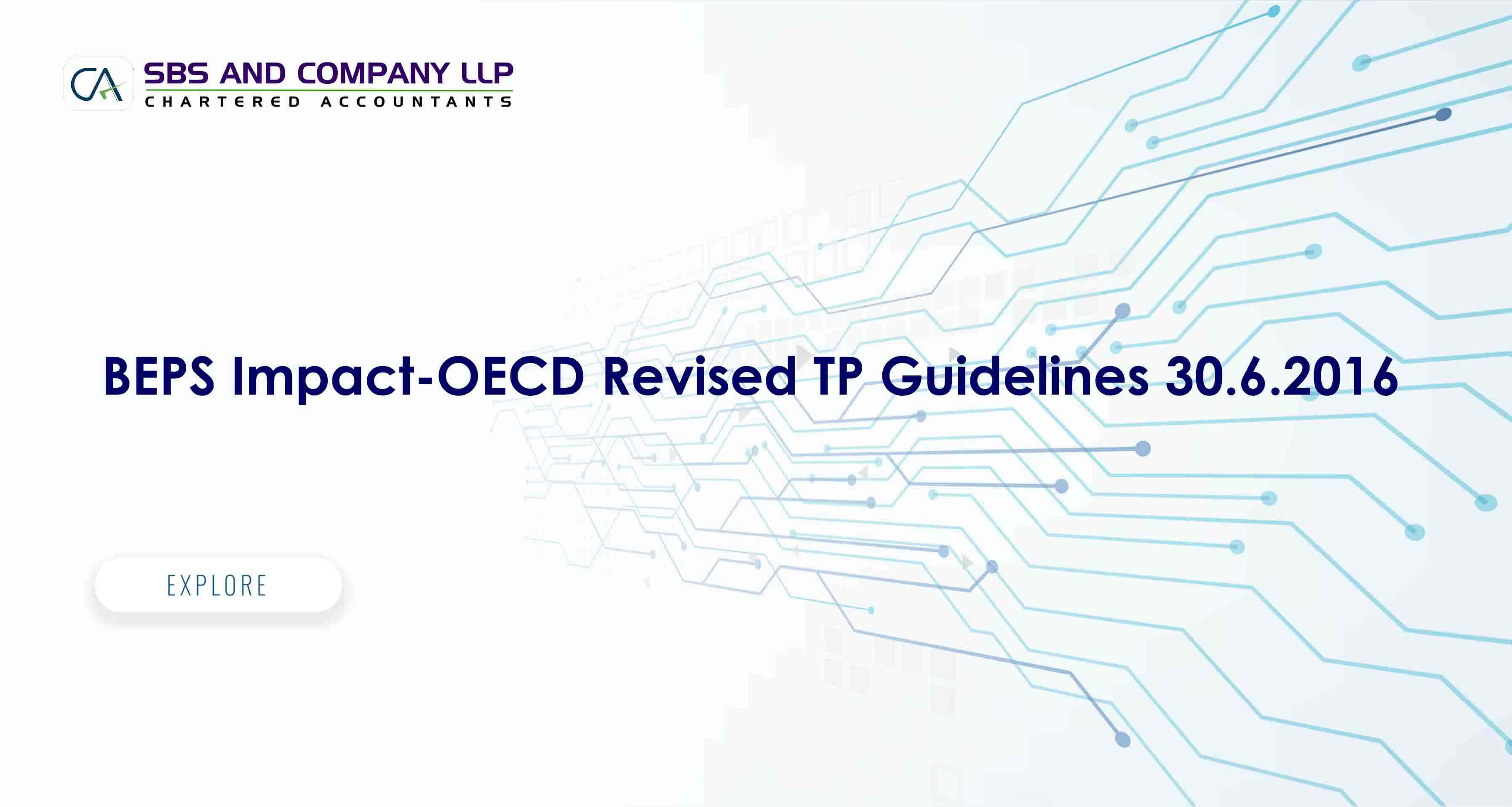|
|
|
|
|
Contributed by CS DVK Phanindar |
|
|
|
|
|
|
|
|
|
Sl. |
Section(s) under the CA, |
Clause No. in the |
Proposed amendment relating to |
Remarks/Comments/Penalty |
|
|
No. |
2013, amended |
Amendment Bill |
|||
|
|
|
||||
|
|
|
|
|
|
|
|
30. |
Section 123 |
31 |
Substitution of sub-section (3)of Section 123 to allow |
Welcome amendment, as it |
|
|
|
Declaration of Dividend |
|
declaration and payment of interim dividend, during the |
allows a new criteria for |
|
|
|
|
|
period from closure of financial year till date of Annual |
declaration of Interim Dividend, |
|
|
|
|
|
General Meeting for a financial year, and out of the profits of |
and clarity on the rate of |
|
|
|
|
|
the said year; or from the surplus in the profit and loss |
dividend in the absence of |
|
|
|
|
|
account; or out of profits generated in the financial year till |
profits. |
|
|
|
|
|
the quarter preceding the date of declaration of the interim |
|
|
|
|
|
|
dividend. |
|
|
|
|
|
|
In addition to the above, the substitution also prescribes the |
|
|
|
|
|
|
rate at which the interim dividend can be declared, in case of |
|
|
|
|
|
|
loss is incurred during the financial year. |
|
|
|
|
|
|
|
|
|
|
31. |
Section 129 -Financial |
32 |
Substitution of sub-section (3) of section 129, in connection |
Amendment/inclusion to |
|
|
|
Statements |
|
with preparation of Consolidated Financial Statements in the |
remove ambiguity. |
|
|
|
|
|
same form and manner as that of its own in accordance with |
|
|
|
|
|
|
applicable accounting standards, for associate companies |
|
|
|
|
|
|
also in addition to subsidiary. |
|
|
|
|
|
|
|
|
|
Sl. |
Section(s) under the CA, |
Clause No. in the |
Proposed amendment relating to |
Remarks/Comments/Penalty |
||||
|
No. |
2013, amended |
Amendment Bill |
||||||
|
|
|
|||||||
|
|
|
|
|
|
|
|||
|
32. |
Section – 130 – |
Accounts |
33 |
Amendment to sub-section (1) of Section 130, so as to |
Welcome amendment, as there |
|||
|
|
Re-opening |
of |
|
provide that in addition to authorities already specified in the |
is a increased scope of |
|||
|
|
on Court’s |
or |
Tribunal’s |
|
||||
|
|
|
section, any other person concerned shall be given notice |
authorities, to whom notice as |
|||||
|
|
Orders (Section notified |
|
||||||
|
|
|
before passing an order for re-opening of accounts. |
to re-opening of accounts is to |
|||||
|
|
w i t h e f f e c t f r o m |
|
||||||
|
|
|
|
||||||
|
|
|
|
be given by the Tribunal; and |
|||||
|
|
01.06.2016) |
|
|
|
|
Insertion of a new sub-section (3) to provide that no order |
||
|
|
|
|
|
|
|
also giving the periods for |
||
|
|
|
|
|
|
|
shall be made for re-opening of books of account relating to a |
which order can be given by |
|
|
|
|
|
|
|
|
period earlier than eight financial years immediately |
Tribunal, for re-opening of |
|
|
|
|
|
|
|
|
preceding the current financial year, unless there is a specific |
accounts. |
|
|
|
|
|
|
|
|
direction under section 128(5) [i.e., maintenance of books of |
|
|
|
|
|
|
|
|
|
accounts] from the Central Government for longer period. |
|
|
|
|
|
|
|
|
||||
|
33. |
Section 132- Constitution |
34 |
Amendment (reduction) of the minimum penalty that can be |
Welcome amendment. |
||||
|
|
of National |
|
Financial |
|
levied by way of an order by NFRA on CA Firms, if professional |
|
||
|
|
Reporting |
|
Authority |
|
or other misconduct is proved from Rs. 10 Lakhs to Rs.5 Lakhs. |
|
||
|
|
(NFRA). (Section yet to |
|
|
|
||||
|
|
be notified) |
|
|
|
|
|
|
|
|
|
|
|
|
|
|
|
||
|
34. |
Section 134 |
– |
Financial |
35 |
Substitution of sub- section (1)of section 134, with a new |
Welcome amendment as the |
||
|
|
statements |
& Board |
|
section, thereby removing the requirement that the CEO signing |
proposed amendments reduce |
|||
|
|
Report |
|
|
|
|
the financials shall be a Director, and accordingly, a CEO shall |
the reporting requirements in |
|
|
|
|
|
|
|
|
now sign financial statements irrespective of whether he is a |
the Board Report. |
|
|
|
|
|
|
|
|
director or not. |
|
|
|
|
|
|
|
|
|
Amendments to sub-section (3) of section 134 seeks to modify |
|
|
|
|
|
|
|
|
|
the disclosure requirements with respect to (a) removal of the |
|
|
|
|
|
|
|
|
|
requirement of attaching the extract of annual return to the |
|
|
|
|
|
|
|
|
|
Board report, and just mentioning the web-address, if any, |
|
|
|
|
|
|
|
|
|
where the extract of annual return is placed is to be mentioned |
|
|
|
|
|
|
|
|
|
|
|
|
|
Sl. |
Section(s) under the CA, |
Clause No. in the |
Proposed amendment relating to |
Remarks/Comments/Penalty |
||
|
No. |
2013, amended |
Amendment Bill |
||||
|
|
|
|
||||
|
|
|
|
|
|
|
|
|
|
|
|
(b)amendment to clause (p) of the sub-section relating to |
|
|
|
|
|
|
|
statement on annual performance of the Board, its |
|
|
|
|
|
|
|
committees and independent directors by the companies to |
|
|
|
|
|
|
|
which the provision is applicable(c)mentioning only the salient |
|
|
|
|
|
|
|
features of the Remuneration and nomination policy (Section |
|
|
|
|
|
|
|
178) and CSR policy( Section 135) in the Board Report, and |
|
|
|
|
|
|
|
providing the web-address where the complete policy is |
|
|
|
|
|
|
|
available. |
|
|
|
|
|
|
|
Insertion of a new section 3A, which empowers the Central |
|
|
|
|
|
|
|
Government to prescribeabridged Board's report for small |
|
|
|
|
|
|
|
company and one person company. |
|
|
|
|
|
|
|
|
|
|
|
|
35. |
Section - 135 – Corporate |
36 |
Amendment to sub-section (1) of section 135,with regard to |
Amendment to |
remove |
|
|
|
Social Responsibility. |
|
the period for which the criteria for applicability of CSR to a |
|||
|
|
|
ambiguity and |
ease of |
|||
|
|
|
|
Company (i.e., Turnover, Net worth & Net Profit) are to be seen |
|||
|
|
|
|
operations. |
|
||
|
|
|
|
from “any financialyear” to “immediately preceding financial |
|
||
|
|
|
|
|
|
||
|
|
|
|
year”. |
|
|
|
|
|
|
|
Insertion of a proviso to sub-section (1) regarding composition |
|
|
|
|
|
|
|
of CSRcommittee with two or more directors, by a company |
|
|
|
|
|
|
|
which is not required to appointindependent director under |
|
|
|
|
|
|
|
section 149. |
|
|
|
|
|
|
|
Amendment of Clause (a) in sub-section (3) with regard to |
|
|
|
|
|
|
|
areas in which CSR activity can be undertaken "as specified in |
|
|
|
|
|
|
|
Schedule VII", the words and figures "in areas or subject, |
|
|
|
|
|
|
|
specified in Schedule VII", thereby providing more scope in |
|
|
|
|
|
|
|
the CSR activities. |
|
|
|
|
|
|
|
|
|
|
|
|
Sl. |
Section(s) under the CA, |
Clause No. in the |
Proposed amendment relating to |
Remarks/Comments/Penalty |
||
|
No. |
2013, amended |
Amendment Bill |
||||
|
|
|
|||||
|
|
|
|
|
|
|
|
|
|
|
|
|
Amendment to the explanation given in sub-section (5) earlier |
|
|
|
|
|
|
|
with regard to “Average Net profit”, now changed to “Net |
|
|
|
|
|
|
|
profit”, and further to empower the CentralGovernment to |
|
|
|
|
|
|
|
prescribe sums which shall not be included for calculating 'net |
|
|
|
|
|
|
|
profit' of a Company for the purpose of section 135. |
|
|
|
|
|
|
|
|
||
|
36. |
Section - 136 – Right of |
37 |
Amendment to sub-section (1) of section 136 by inserting a new |
Welcome amendment. |
||
|
|
member |
to copies of |
|
proviso to provide that copies of audited financial statements |
|
|
|
|
a u d i t e d |
f i n a n c i a l |
|
and other documents can be sent at shorter notice if 95 % of |
|
|
|
|
statement. |
|
members entitled to vote at the meeting agree for the same; |
|
||
|
|
|
|
|
and accordingly aligning the existing provisos, after the |
|
|
|
|
|
|
|
insertion. |
|
|
|
|
|
|
|
Substituting the existing 4th proviso to Sub-section (1) with new |
|
|
|
|
|
|
|
proviso, to rationalise the requirements with respect to |
|
|
|
|
|
|
|
financial statements of foreign subsidiaries of a listed company |
|
|
|
|
|
|
|
subject to conditions. |
|
|
|
|
|
|
|
Insertion of a proviso to Sub-section (2) thereby companies |
|
|
|
|
|
|
|
having subsidiaries to provide financials of the subsidiary for |
|
|
|
|
|
|
|
inspection by the member who asks for it. |
|
|
|
|
|
|
|
|
|
|
|
37. |
Section – 137 – Copy |
38 |
Insertion of a new proviso after the existing 4th proviso to sub- |
Welcome amendment. |
||
|
section (1) so as to enable filing of unaudited financial |
|
|||||
|
|
offinancialstatement |
|
|
|||
|
|
tobe filed with |
|
statements by listed companies, of their foreign subsidiaries |
|
||
|
|
Registrar. |
|
|
which is not required to get its accounts audited, under the laws |
|
|
|
|
|
|
|
of the country of incorporation. The filing of unaudited |
|
|
|
|
|
|
|
financial statements are to be accompanied by a declaration by |
|
|
|
|
|
|
|
the listed company, to the above effect. |
|
|
|
|
|
|
|
|
|
|
|
Sl. |
Section(s) under the CA, |
Clause No. in the |
Proposed amendment relating to |
Remarks/Comments/Penalty |
||||
|
No. |
2013, amended |
|
|
Amendment Bill |
||||
|
|
|
|
|
|||||
|
|
|
|
|
|
|
|
|
|
|
38. |
S e c t i o n |
– |
1 3 9 |
– |
39 |
Omission of the first proviso to sub-section (1), i.e., |
Welcome amendment. |
|
|
|
Appointment of Auditors |
|
ratification of the appointment of auditors by the members at |
|
||||
|
|
|
|
|
|
|
every AGM. |
|
|
|
|
|
|
|
|
|
|
|
|
|
39. |
S e c t i o n |
– |
1 4 0 |
- |
40 |
Amendment to sub-section (3) of section 140 to reduce the |
|
|
|
penalty/penalty criteria, withrespect to failure to file |
|
|||||||
|
|
Removal,resignation |
of |
|
|
||||
|
|
auditor and giving of |
|
|
resignation form (ADT-3) by auditor to the Registrar concerned |
|
|||
|
|
Specialnotice |
|
|
|
and also to the Comptroller and Auditor General (CAG) for the |
|
||
|
|
|
|
|
|
|
applicable companies, from the existing “Rs.50,000/-“ to |
|
|
|
|
|
|
|
|
|
“Rs.50,000/-or the remuneration of auditors whichever is |
|
|
|
|
|
|
|
|
|
less”. |
|
|
|
|
|
|
|
|
|
|
|
|
|
40. |
Section – 141 - Eligibility, |
41 |
Insertion of an explanation to clause (d) of sub-section (3) of |
Amendment to remove |
||||
|
section 141, to clarify the meaning of relative with reference to |
||||||||
|
|
Qualifications and |
|
|
eligibility for appointment of auditors. |
ambiguity. |
|||
|
|
disqualifications of |
|
|
|
||||
|
|
|
|
|
|
||||
|
|
auditors. |
|
|
|
|
Substitution of the existing clause (i) of sub-section (3) along |
|
|
|
|
|
|
|
|
|
|
||
|
|
|
|
|
|
|
with explanation, for harmonisation with section 144 in respect |
|
|
|
|
|
|
|
|
|
of providing of certain non-audit services to holding or |
|
|
|
|
|
|
|
|
|
subsidiary company of a company. |
|
|
|
|
|
|
|
|
|
|
|
|
|
41. |
Section 143 - Powers and |
42 |
Amendment to sub-section (1) of section 143 of the Act to |
Amendment to remove |
||||
|
include associate companies in addition to subsidiary |
ambiguity. |
|||||||
|
|
duties of |
auditors and |
|
|||||
|
|
|
companies with respect to right of auditors to have access to |
|
|||||
|
|
auditing standards. |
|
|
|
||||
|
|
|
|
accounts and records for the purpose of consolidation. |
|
||||
|
|
|
|
|
|
|
|
||
|
|
|
|
|
|
|
Amendment to clause (i) of sub-section (3) to provide that |
|
|
|
|
|
|
|
|
|
auditors shall report on internal financial control systems |
|
|
|
|
|
|
|
|
|
relating to financial statements. |
|
|
|
|
|
|
|
|
|
Amendment to sub-section (14) to replace the term “cost |
|
|
|
|
|
|
|
|
|
accountant in practice” with “cost accountant”. |
|
|
|
Sl. |
Section(s) under the CA, |
Clause No. in the |
Proposed amendment relating to |
Remarks/Comments/Penalty |
|
|
No. |
2013, amended |
Amendment Bill |
|||
|
|
|
||||
|
|
|
|
|
|
|
|
43 |
Section 148 - Central |
44 |
Amendment to substitute the words 'cost accountant in |
Amendment to remove |
|
|
|
Government to specify |
|
practice' with the words 'cost accountant' in sub-section (3) |
ambiguity. |
|
|
|
audit of items of cost in |
|
|||
|
|
|
& (5) of Section 148 and also to substitute the words 'Institute |
|
||
|
|
respect of certain |
|
of Cost and Works Accountants of India' with the words |
|
|
|
|
companies. |
|
|
||
|
|
|
'Institute of Cost Accountants of India',in the explanation to |
|
||
|
|
|
|
|
||
|
|
|
|
Sub-section (3) of Section 148. |
|
|
|
|
|
|
|
|
|
|
44 |
Section 149 - |
45 |
Amendment to Sub-section (3) of Section 149, relating to the |
Welcome Amendment to |
|
|
|
|
|
requirement of resident director, the amendment proposed |
remove ambiguity and ease of |
|
|
|
|
|
requires that “every company shall have at least one director |
operations. |
|
|
|
|
|
who stays in India for a total period of not less than 182 days |
|
|
|
|
|
|
during the financial year”instead of the existing requirement |
|
|
|
|
|
|
of “shall have at least one director who has stayed in India for |
|
|
|
|
|
|
a total period of not less than 182 days in the previous |
|
|
|
|
|
|
calendar year.” |
|
|
|
|
|
|
Further the amendment proposes that in case of a newly |
|
|
|
|
|
|
incorporated company the requirement under this sub-section |
|
|
|
|
|
|
shall apply proportionately at the end of the financial year in |
|
|
|
|
|
|
which it is incorporated. |
|
|
|
|
|
|
Amendment to clauses in sub-section (6) of Section 149, to |
|
|
|
|
|
|
specify limits with respect to pecuniary relationship of a |
|
|
|
|
|
|
director with respect to eligibility of a director to be appointed |
|
|
|
|
|
|
as an independent director. It also seeks to specify the scope of |
|
|
|
|
|
|
restriction on pecuniary relationship entered into by a relative. |
|
|
|
|
|
|
|
|








